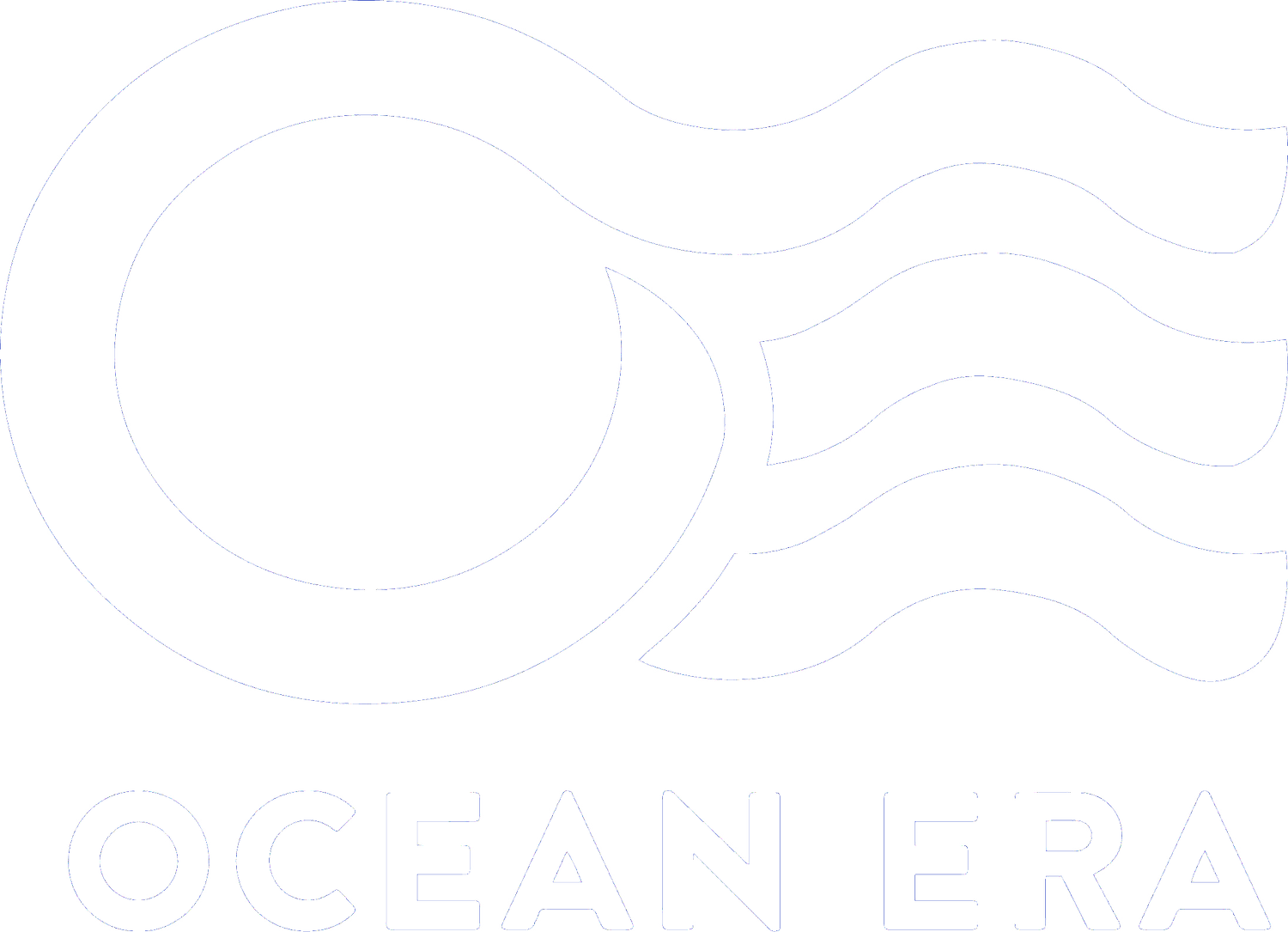Giant Groupers: ambassadors for reef conservation, flying to new homes across America.
Giant Pacific Grouper at our research facility in Kona, Hawaii. Photo Jeff Milisen
The Giant Grouper (Epinephelus lanceolatus) is possibly the rarest coral reef fish in the Pacific. This fish grows up to almost 1,000 lbs, but it has been so heavily over-fished throughout its native range (Hawaii, and the Indo-Pacific region), that it is now listed as “Vulnerable” (one step from “Endangered”) on the IUCN Red List[1]. The last reported sighting of this species from the Island of Hawaii was over 5 years ago.
Kampachi Farms – and our forebear, Kona Blue – have been rearing Giant Grouper at our Kona research facility since 1999. Because of the scarcity of these fish in local waters, we originally imported fingerlings from a hatchery in Taiwan, and grew them out until they started spawning … and they kept growing! Some of these fish are now over 18 years old, and weigh perhaps 300 pounds (But that’s just a guess … we don’t have any scales that can weigh fish this big!). And they are still growing!
Juvenile E. lanceolatus. Photo Jeff Milisen
The original intention was to try to raise these high-value groupers for commercial culture. However, this proved unfeasible for two reasons. Firstly, fish this big are very difficult to spawn. We have not obtained a viable spawn from these fish since 2012. We believe that the problem is that their tanks are too small, and they are not able to perform the courtship rituals that precede spawning. The second problem is that we were unable to wean the juveniles onto a more sustainable pellet diet. This meant that commercial culture of Giant Grouper would require a constant supply of sardines or squid to feed the fish, and that simply doesn’t work – either economically, or ecologically. We want our fish culture to soften humanity’s footprint on the seas, not to exacerbate it!
So – if not commercially valuable, we thought these fish might be valuable for conservation. We therefore requested permission from Hawaii state authorities to restock these fish onto Hawaii’s reefs, where divers could see them in their native habitat. However, some were concerned that these fish might be genetically distinct from the native Hawaiian population, and with no native fish to compare to our own, this proposal was scrapped.
So what to do? These fish have always been the “star of the show” for our research site tours and other outreach activities. They have served as fantastic ambassadors for reef conservation to the 6,500+ visitors who have toured the Kampachi Farms facility over the past few years. We have learned a lot from these beautiful fish, and their offspring, which were spawned and raised on-site by the research team. However, there comes a time when we have to say goodbye to those that we love … and it was that time for our Giant Groupers. But what to do with a 300 pound fish friend? The answer was to fly, not fry!









With the help of a very talented team of acquisition specialists at Reef and Ray, we are happy to announce that we have found new homes for our Giant Grouper. We have donated these fish to a number of aquariums throughout the United States, where they will be able to carry on their work as coral reef ambassadors, and live out their days in comfort, with other coral reef fish communities to keep them company. Over the past few weeks, twelve of our Giant Groupers have been sent to aquariums in Hawaii, Missouri, Indiana, and even as far as New Jersey. Our oldest and largest specimen (appropriately named “Hulk”), will be traveling to the Adventure Aquarium in Camden, New Jersey.
It has been a great joy and an honor to raise these magnificent fish. We wish them all long and enjoyable lives in their new homes! We’d also like to extend great thanks to all of the aquariums for adopting our Giant Grouper, where they will now connect with a broader audience – exemplifying the treasures of our precious ocean environment and our collective duty for preservation. Please stay tuned for updates as they arrive at their new aquariums. Follow our grouper updates on twitter @kampachifarms.
[1] The International Union for Conservation of Nature - assessment of the species Epinephelus lanceolatus - last assessment carried out in 2006 http://www.iucnredlist.org/details/7858/0


